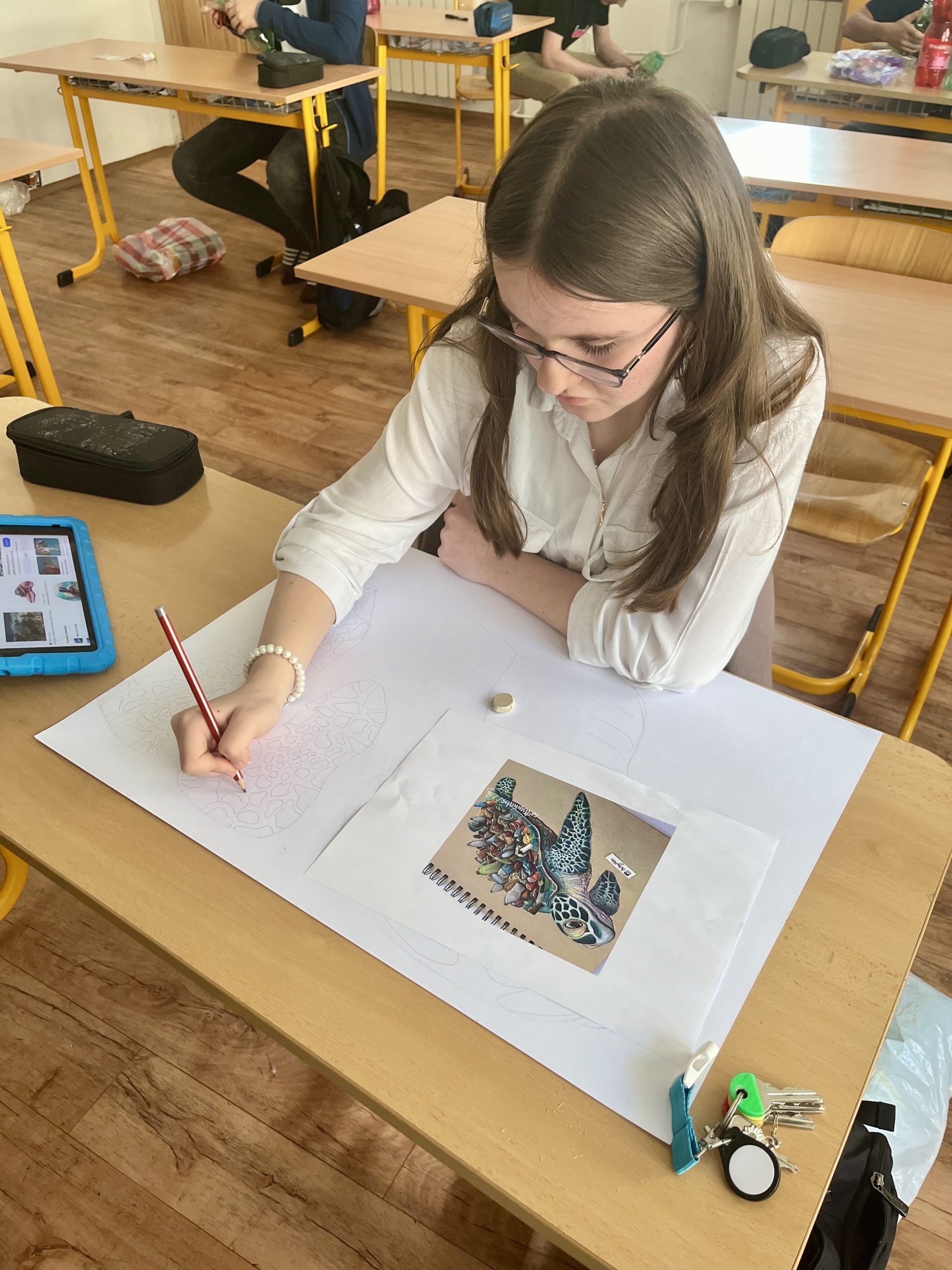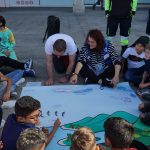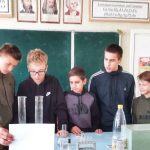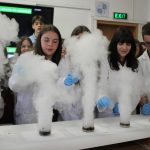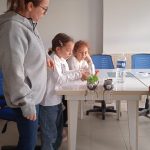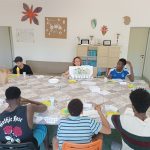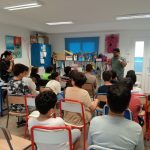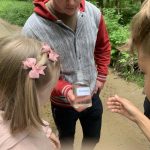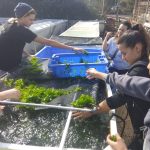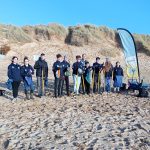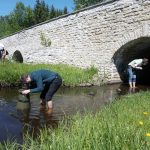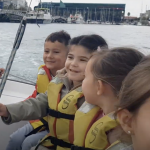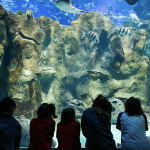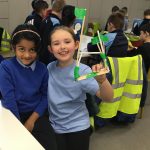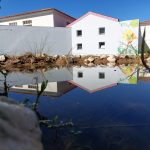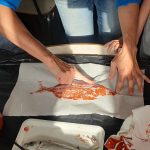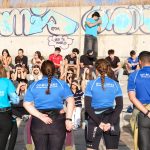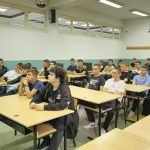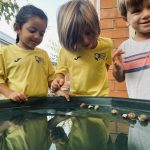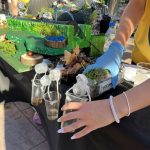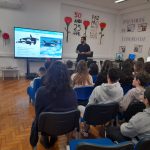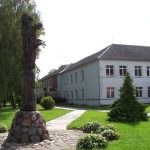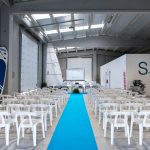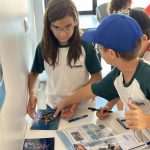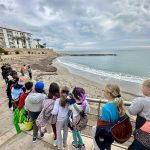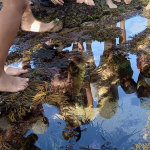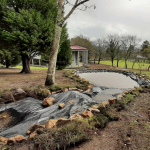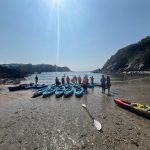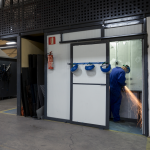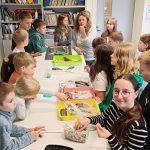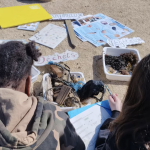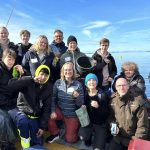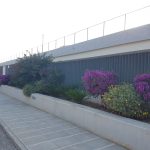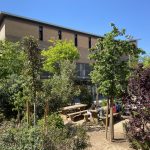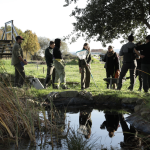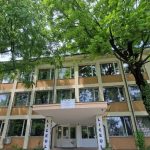
Morava River Project
Ostrožská Nová Ves, Czech Republic
3rd FUNDING CALL
At a time when environmental challenges loom large, schools have a vital role to play in shaping the next generation of climate-conscious citizens. Our school’s latest initiative — Clean Water: Observing, Measuring, and Protecting the Morava River — sets an inspiring example. By combining rigorous scientific research with creative artistic expression, we are not only educating our students but also engaging the wider community in meaningful conversations about sustainability, biodiversity, and environmental responsibility.
Project Objectives: Learning by Doing
The project’s core aim is to equip students with hands-on experience in environmental research, empowering them to understand and analyse local water quality. Students learn to conduct field measurements — including nitrites, nitrates, ammonia, phosphates, pH, and water hardness — while assessing biodiversity across different sites: the Morava River, its confluence with the Danube, and the Danube Delta. Through this, they acquire valuable skills in data collection, graphical representation, and scientific interpretation.
At the same time, the project fosters environmental awareness and highlights the dangers of pollution and single-use plastics. Integrating these themes across disciplines — from science and maths to ICT and art — strengthens students’ grasp of environmental issues while developing practical and analytical skills.
Project Activities and Collaborations: From Field to Gallery
The project unfolds in two interwoven strands: scientific research and artistic expression.
In the science track, students participate in expert-led workshops, excursions, and laboratory activities. Field trips to the Morava River and its surrounding ecosystems form the backbone of the project. Students work alongside experts from the Morava River Basin Authority and Mendel University, conducting water quality analyses and recording ecological data. These findings are then visualised through graphs and incorporated into final reports. Excursions to the Danube Delta offer a broader understanding of regional environmental challenges and human impact on aquatic ecosystems.
Running parallel is Art from Plastics — a creative competition designed to raise awareness of plastic pollution. Students use plastic waste collected from local environments to create sculptures, installations, and visual artworks. In doing so, they explore the environmental consequences of consumerism and celebrate recycling through creativity. Winners are awarded recycled medals during a public vernissage, and the artworks are displayed in exhibitions open to schools, families, and the broader community.
Throughout the project, students and teachers collaborate with environmental authorities, art schools, and municipal leaders. Workshops, public exhibitions, and virtual learning tools — including VR glasses exploring the Morava River’s journey from source to delta — ensure that the learning extends beyond the classroom.

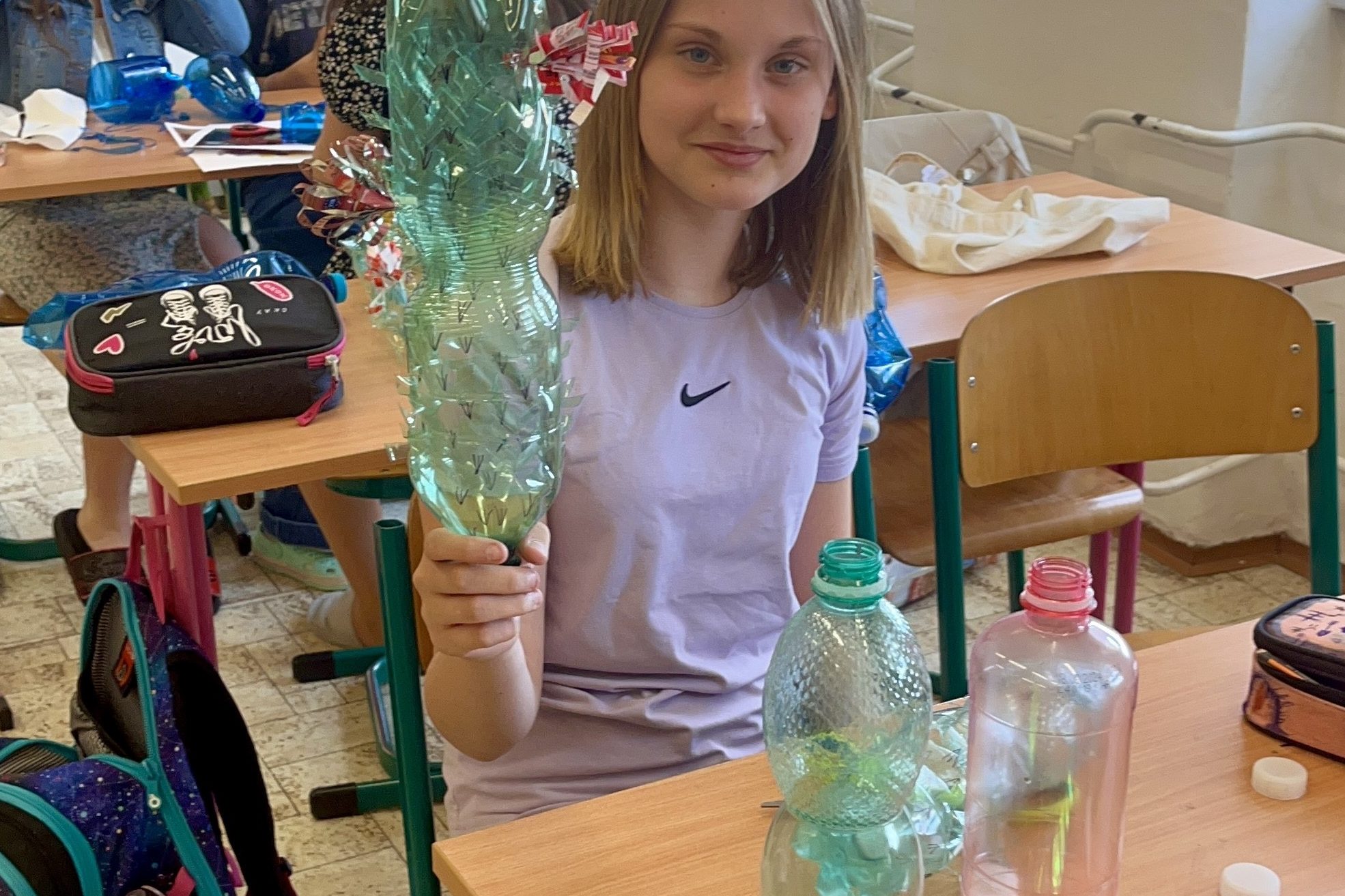
Outputs: Knowledge, Creativity, and Community Engagement
The project produces a wide range of educational and artistic outputs:
- Scientific Outputs: Students generate data files with water quality analyses, photographic documentation of fieldwork, charts and graphs, and final research reports.
- Creative Outputs: Artworks made from recycled plastic are showcased alongside educational materials on pollution and biodiversity. Posters and social media campaigns created by students amplify the project’s message.
- Educational Materials: The project generates reusable lesson plans, workshop videos, and project-day guides to help other schools replicate the model. A dedicated website ensures regular updates, blogs, and newsletters.
One of the standout features is the integration of student-led exhibitions into public spaces, such as municipal halls and galleries. Here, students not only present their findings and artworks but also engage with the wider public — fostering dialogue, awareness, and community action.
Impact: Inspiring Change, One Student at a Time
The impact of the project has been profound. Students have developed a deeper appreciation for the natural world, gained confidence in conducting and presenting research, and discovered how creativity can serve as a powerful tool for activism. The final exhibitions and media coverage — through regional TV, press, and the school website — have amplified their voices and inspired others to take action.
This project is more than a school assignment — it is a blueprint for how education can drive environmental stewardship. By blending science and art, analysis and creativity, students are not just learning about pollution and biodiversity — they are leading the charge to protect the rivers that sustain us.
For schools looking to inspire similar impact, the Morava River project offers a compelling example of how interdisciplinary, community-based learning can nurture informed, empowered, and environmentally conscious young citizens.

